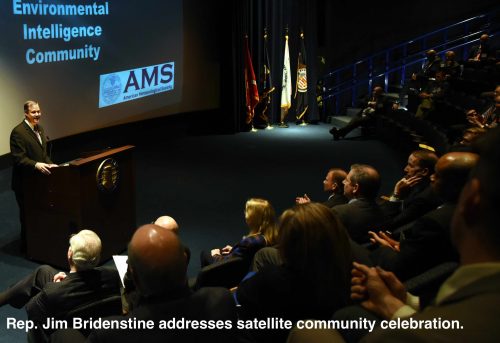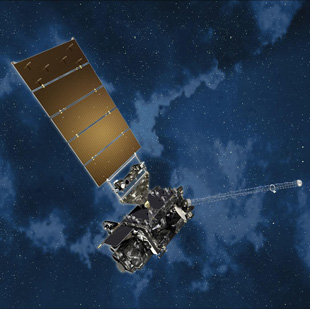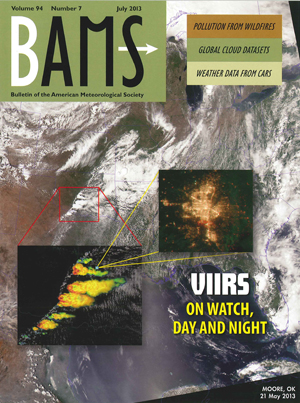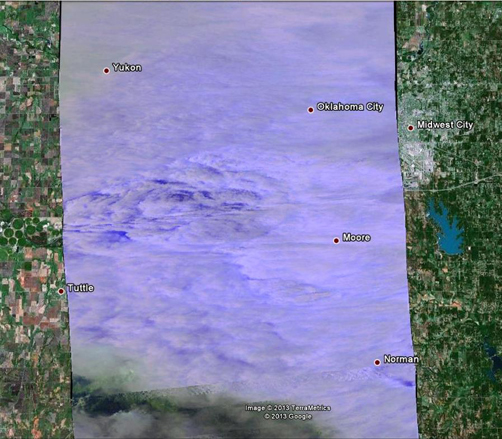A 2024 AMS Summer Community Meeting highlight
The AMS Summer Community Meeting (SCM) drew exceptional attendance and engagement this year as people across sectors helped inform a major upcoming report on the Weather Enterprise. The AMS Weather Enterprise Study will provide a comprehensive picture of the shifting landscape of weather-related fields to inform our joint future. At the 2024 SCM, working groups discussed what they’d found about key issues facing the enterprise, and asked for feedback from the community.
Here are a few takeaways from the Research Enterprise working group, as reported by Daniel Rothenberg of Brightband.
Photo courtesy of Daniel Rothenberg.
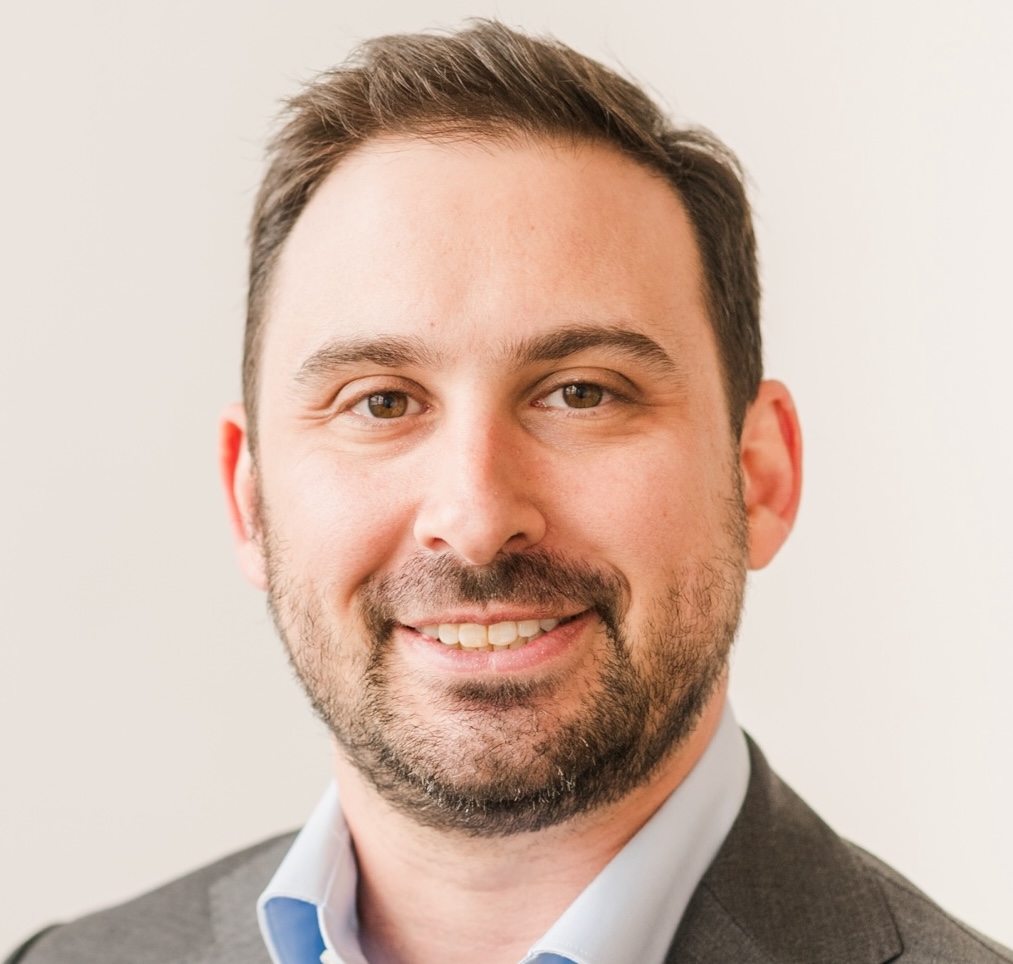
How has the weather research landscape shifted in the last decade or so?
Two of the most important shifts have been a movement of exploratory and applied research from the public to the private sector, and the rise in importance of “data science” and other hybrid roles blending a mixture of domain expertise and broader engineering and technical skills.
Possibly the biggest example of these shifts coming together has been the advent of AI-based weather forecasting tools, although it also shows in trends such as the rise of private companies operating earth observation platforms.
What were the principal themes that came out of your working group’s discussions?
One major theme we discussed was the balance of responsibilities across the traditional weather enterprise. Initiatives such as building and launching satellite constellations or developing new weather models were at one point solely within the remit of the public sector (due to complexity and cost), but are now commonly undertaken by the private sector – sometimes even at start-up companies.
This re-balancing opens as many opportunities as it does challenges, and leads to another major theme: how we can best prepare for the workforce needs of today and tomorrow. Meteorologists will increasingly need to apply technical skills such as software development and data science alongside ones from the social sciences; preparing our current and future workforce for these demands will be a challenge in its own right.
A third major theme is that the weather enterprise is getting bigger. We’re not just a community of meteorologists anymore. Increasingly, critical work related to weather, water, climate, and their impacts on society is being undertaken beyond the traditional boundaries of our enterprise. There is a significant opportunity to improve society’s resilience if we as a community are able to build relationships with the new institutions working on these issues in a collaborative, interdisciplinary manner.
What are the main challenges you have identified?
Better accounting for how we ought to invest limited – and declining – federal resources will be a significant and contentious challenge, only complicated by the shifts in priorities and capabilities across the enterprise.
Those shifts motivate a second key challenge, which is clarifying who in the enterprise is accountable for, or has ownership over, certain areas. For example, NOAA makes available nearly all of the observations used in its operational forecast models, with some exceptions for proprietary data from commercial entities. But as more private companies try to sell data to NOAA, how will this balance hold? What if those private companies move towards selling actual weather modeling capabilities or services – perhaps a proprietary AI-based weather model – to the government? In the case of expanding commercial data purchases, who is responsible for maintaining and improving our data assimilation capabilities?
Coordinating many actors across the enterprise, in a manner that most effectively serves our mission to society, will be a key challenge we must navigate in the coming years.
What preliminary recommendations or future directions have you discussed?
Our tentative recommendations revolve around building robustness. We encourage academic organizations who train our future meteorologists to consider how to prepare these students to work in a multidisciplinary capacity, and to embrace data science skills. Not everyone needs to be an interdisciplinary scientist, but it’s vital that our students learn how to apply their deep domain knowledge as part of a team of such individuals.
We also acknowledge that the rise of AI/ML techniques is changing the demands of our computing and data infrastructure. Not only must our workforce learn to adapt to these technologies, but we must consider how the enterprise will support enabling them: for example, by ensuring that in addition to large, traditional high-performance computing resources, we provide access to GPUs and similar tools. As part of this re-evaluation, we must evolve the ways in which we as a community define our priorities for federal research funding
What did you hear from the community at the SCM?
We thank the community for the warm reception to our assessments at the Summer Community Meeting. Many of the themes we touched on – the re-balancing of capabilities across the enterprise, the emergence of AI/ML and its implications, as well as core workforce development concerns – were echoed across many other working groups, underscoring their importance.
Within our group, we also discussed the growing importance of convergence science, which was echoed several times throughout the meeting. Convergence science, which involves coordinating diverse, interdisciplinary research teams with real stakeholders to solve societally relevant problems, is likely to be an important mechanism of translational research in the future, but we (and others at the meeting) identified a need for federal agencies to devote more resources earmarked for this sort of work in order to complement traditional, siloed funding programs.
Want to join a Weather Enterprise Study working group? Email policy@ametsoc.org.
About the Weather Enterprise Study
The AMS Policy Program, working closely with the volunteer leadership of the Commission on the Weather, Water, and Climate Enterprise, is conducting a two-year effort (2023-2025) to assess how well the weather enterprise is performing, and to potentially develop new recommendations for how it might serve the public even better. Learn more here, give us your input via Google Forms, or get involved by contacting policy@ametsoc.org.
About the AMS Summer Community Meeting
The AMS Summer Community Meeting (SCM) is a special time for professionals from academia, industry, government, and NGOs to come together to discuss broader strategic priorities, identify challenges to be addressed and opportunities to collaborate, and share points of view on pressing topics. The SCM provides a unique, informal setting for constructive deliberation of current issues and development of a shared vision for the future. The 2024 Summer Community Meeting took place August 5-6 in Washington, DC, and focused special attention on the Weather Enterprise, with opportunities for the entire community to learn about, discuss, debate, and extend some of the preliminary findings coming from the AMS Weather Enterprise Study.
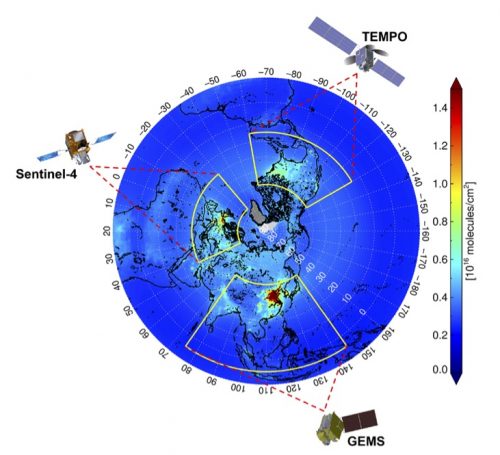
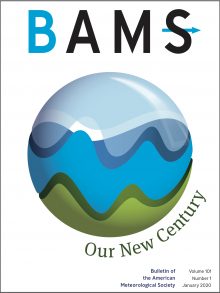 This is actually a twin launch: The GEMS article is among the first of the new-look BAMS in
This is actually a twin launch: The GEMS article is among the first of the new-look BAMS in 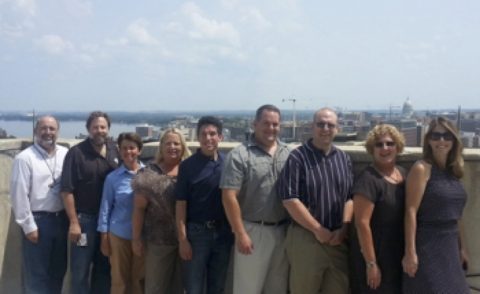
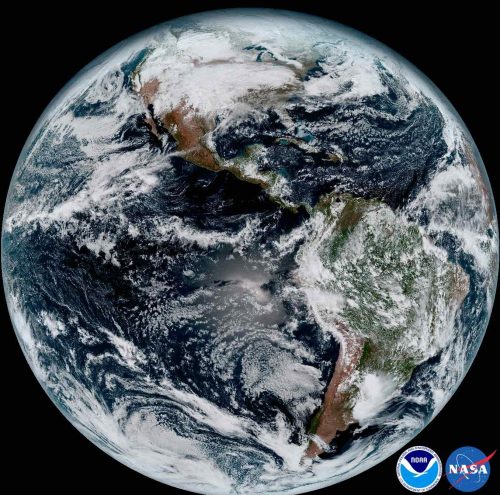
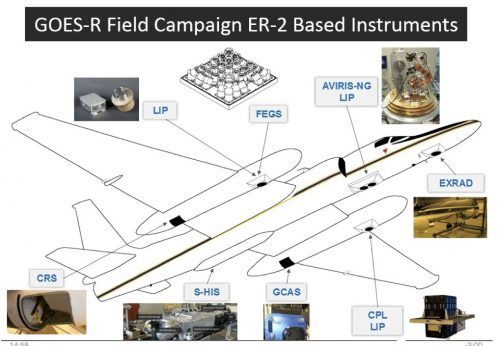 Over a period of 6 weeks, the NASA ER-2 high-altitude jet will fly 100 hours in support of the studies. The flights will be based first from California and then in Georgia, well-timed to coordinate with the tornado field campaign, VORTEX-SE. All the while, the airplane’s downward-looking sensors need to be aimed to match the angle of observation of the satellite-borne sensors. The ER-2 will fly its specially built optical simulator that mimics the GLM.
Over a period of 6 weeks, the NASA ER-2 high-altitude jet will fly 100 hours in support of the studies. The flights will be based first from California and then in Georgia, well-timed to coordinate with the tornado field campaign, VORTEX-SE. All the while, the airplane’s downward-looking sensors need to be aimed to match the angle of observation of the satellite-borne sensors. The ER-2 will fly its specially built optical simulator that mimics the GLM.